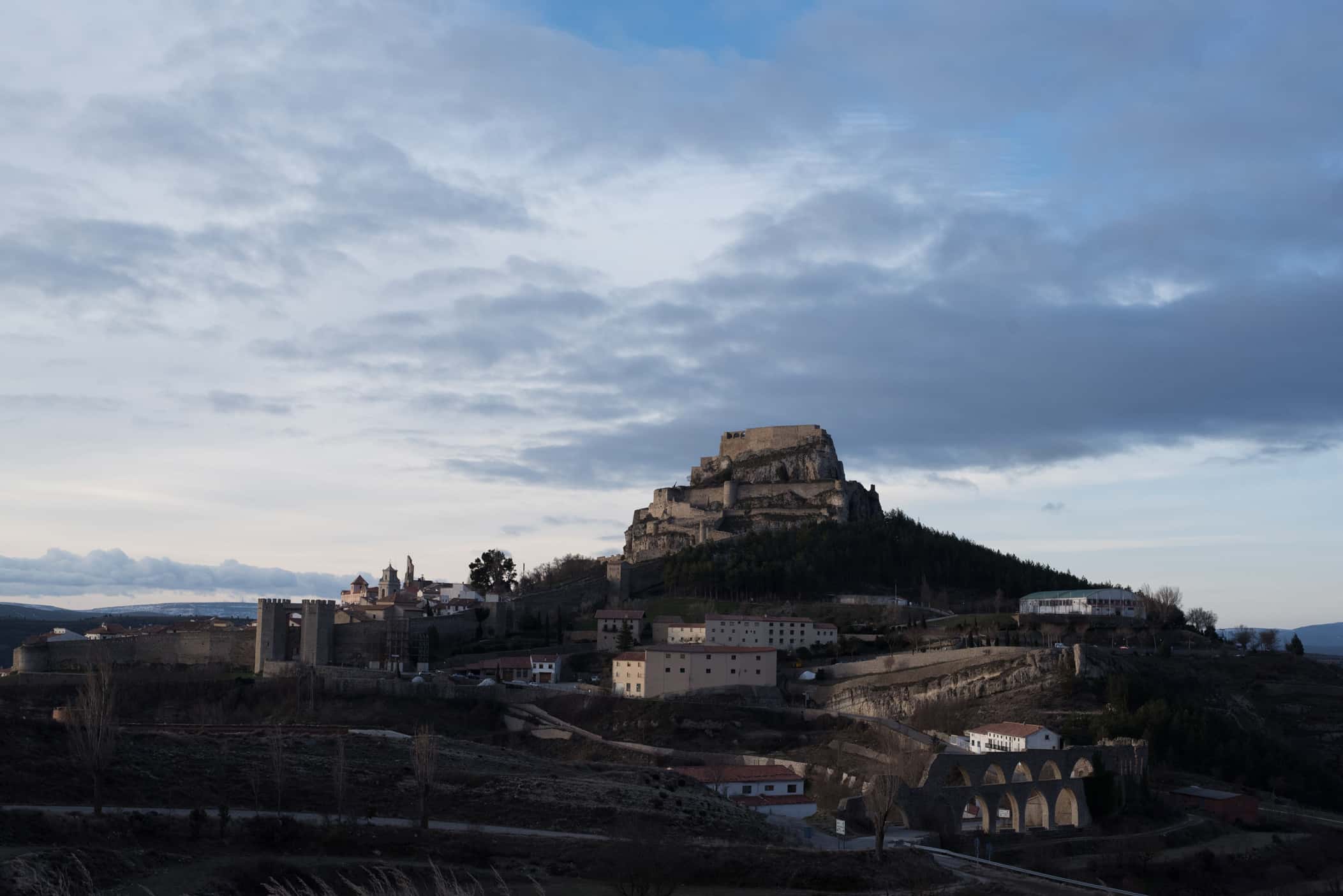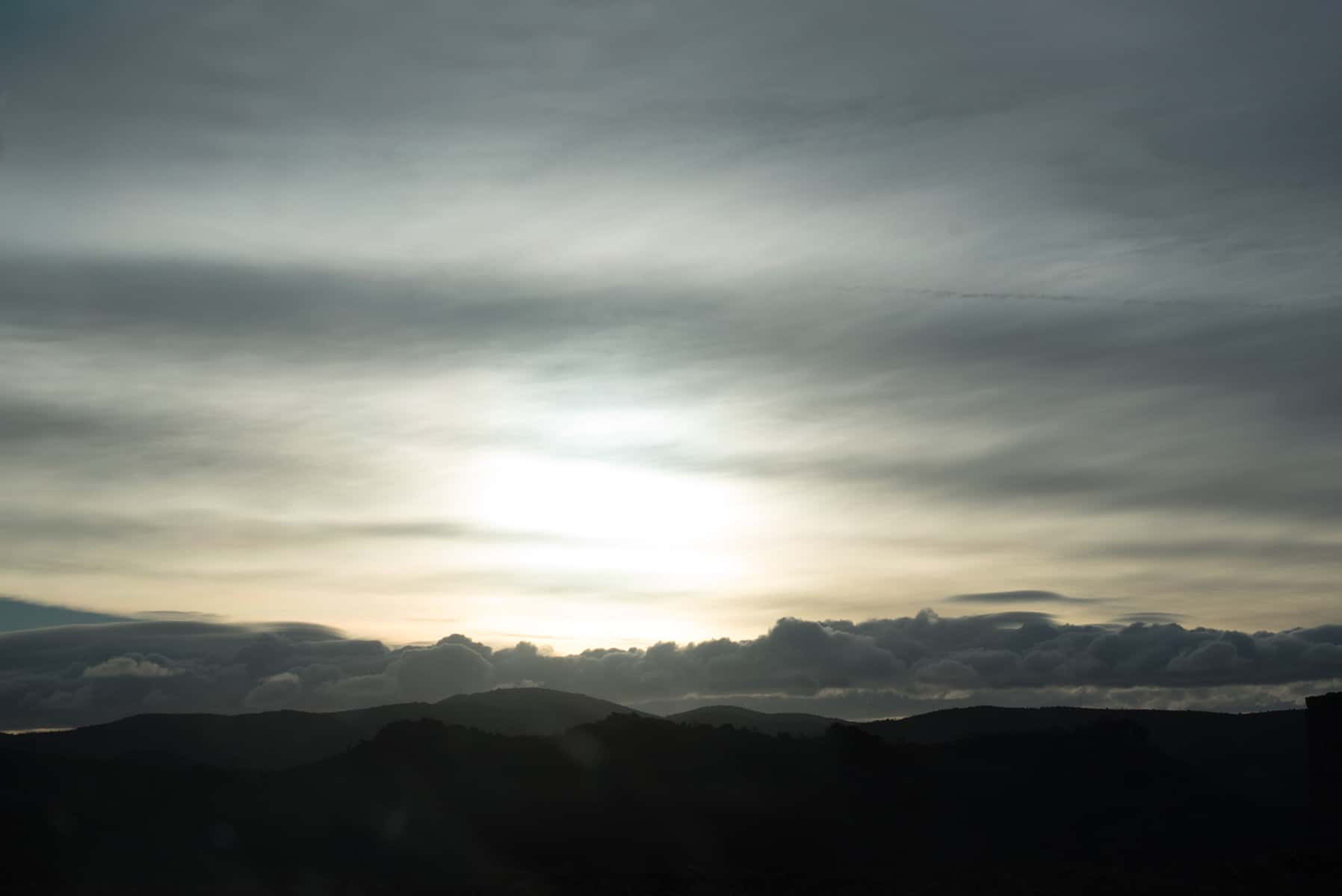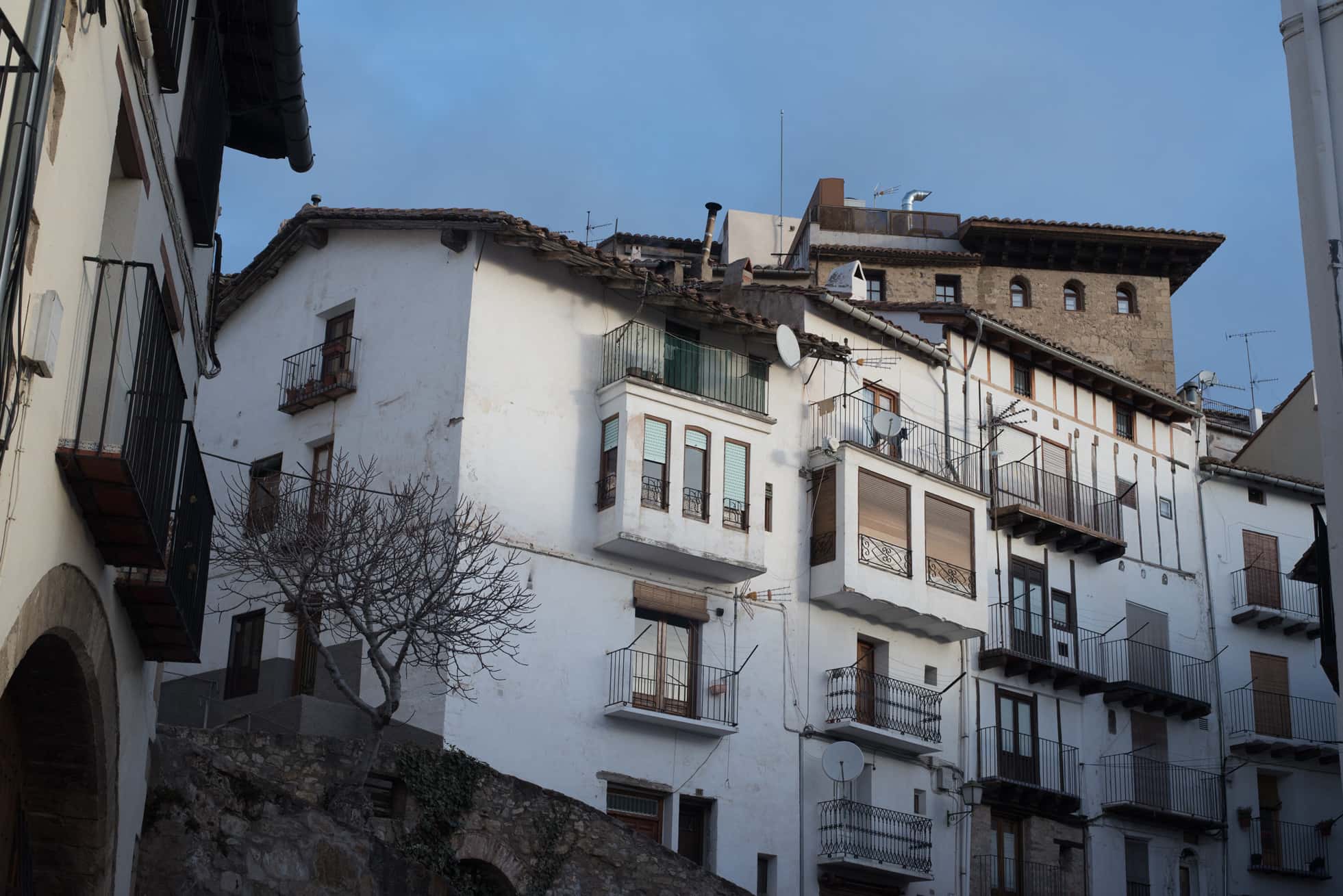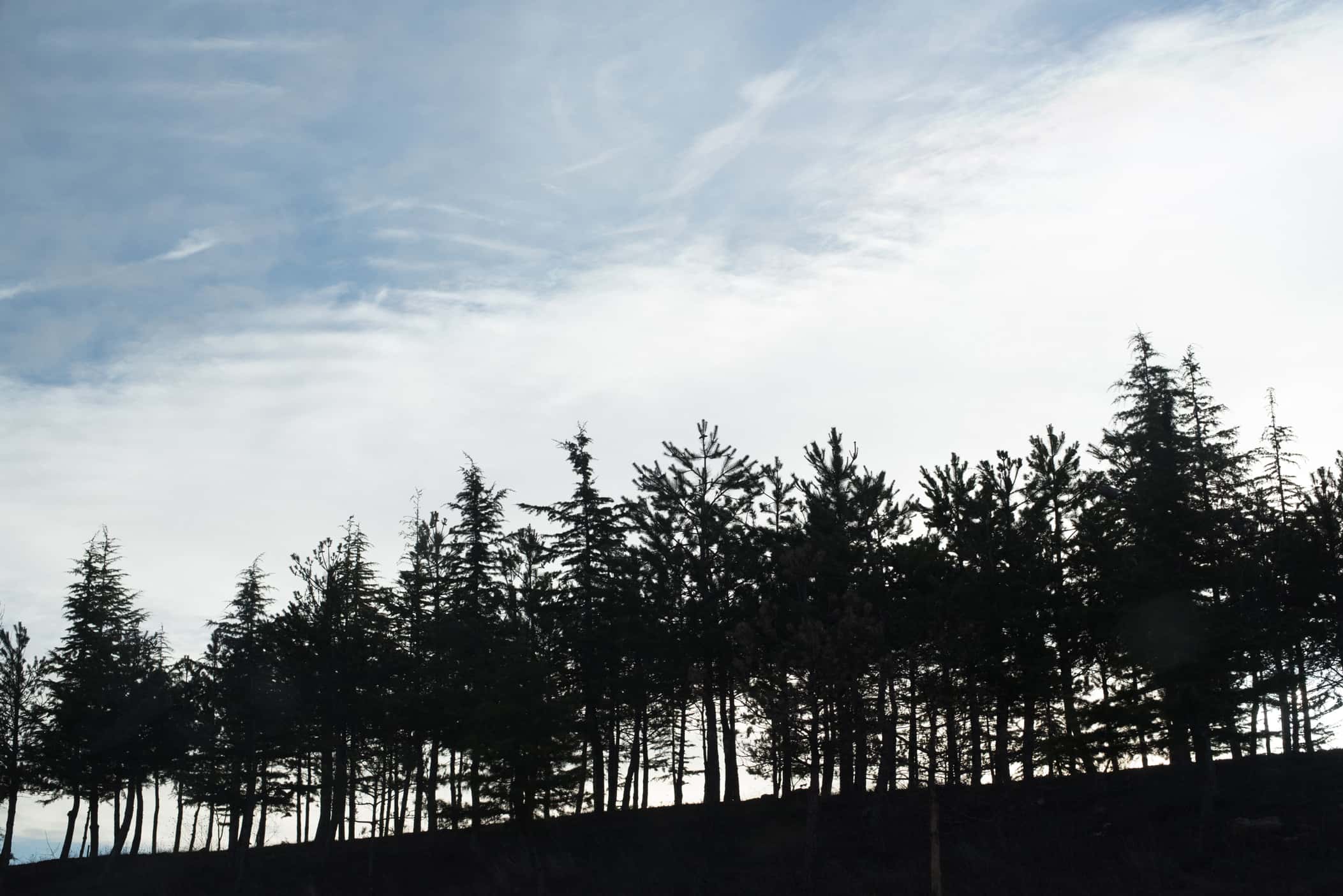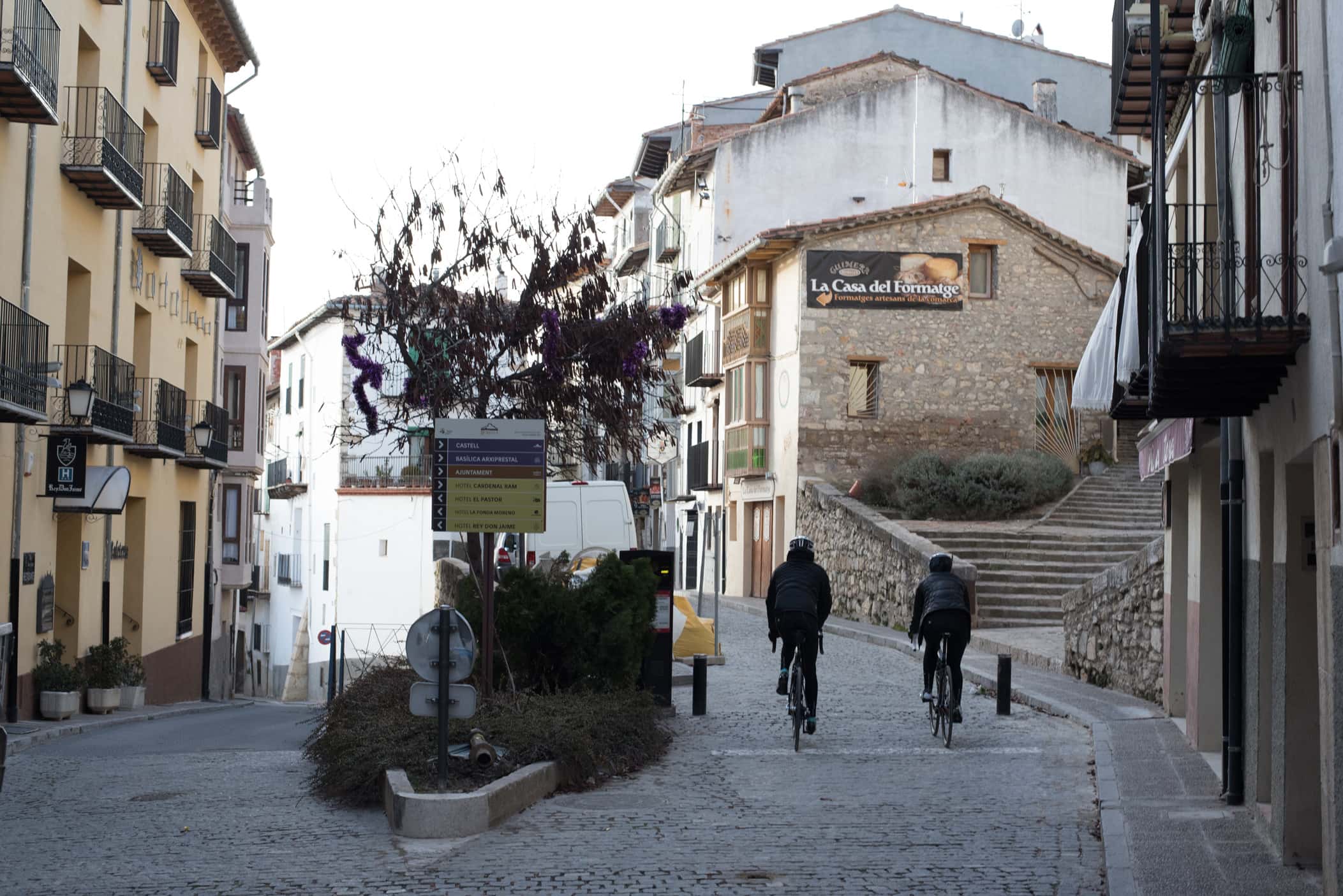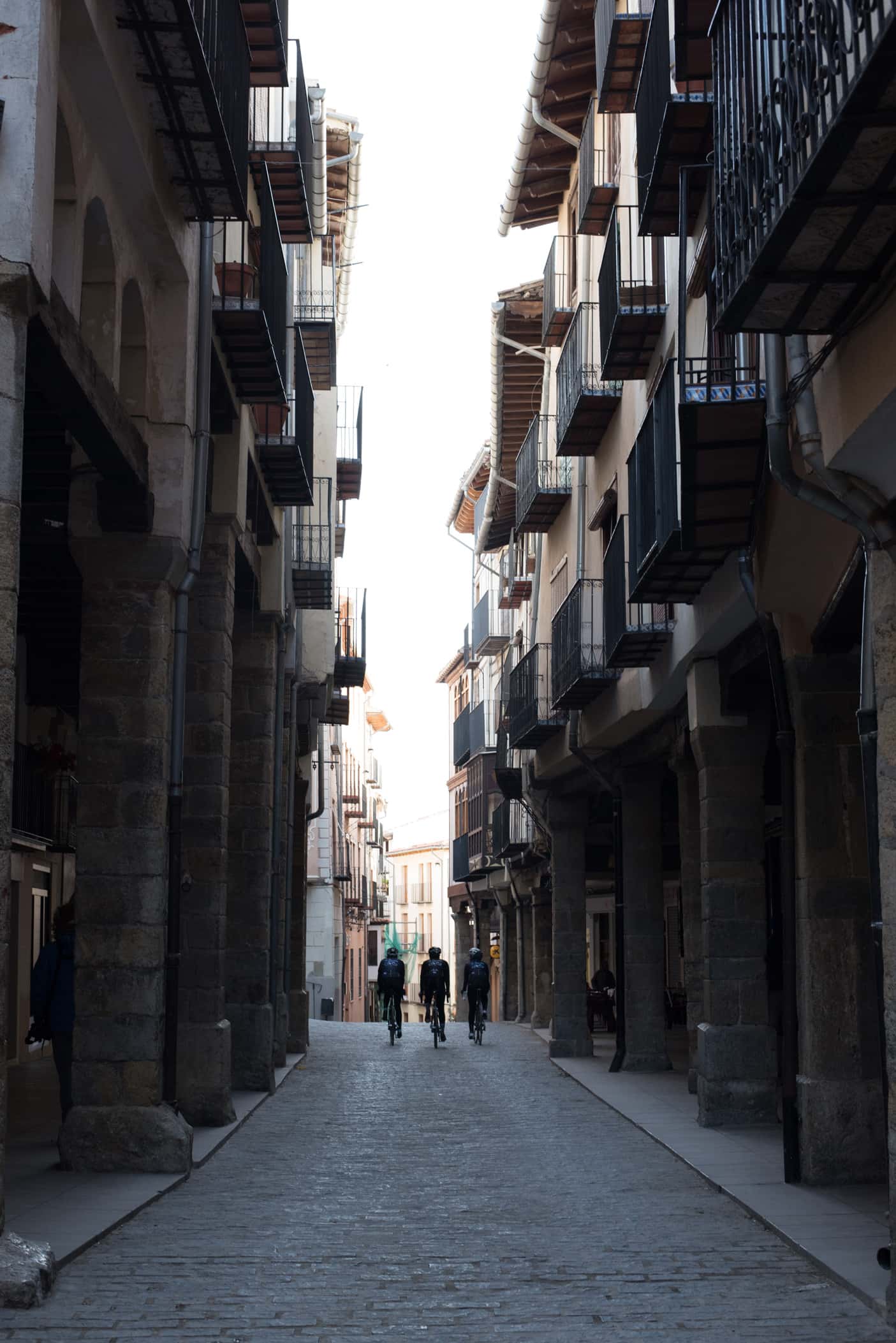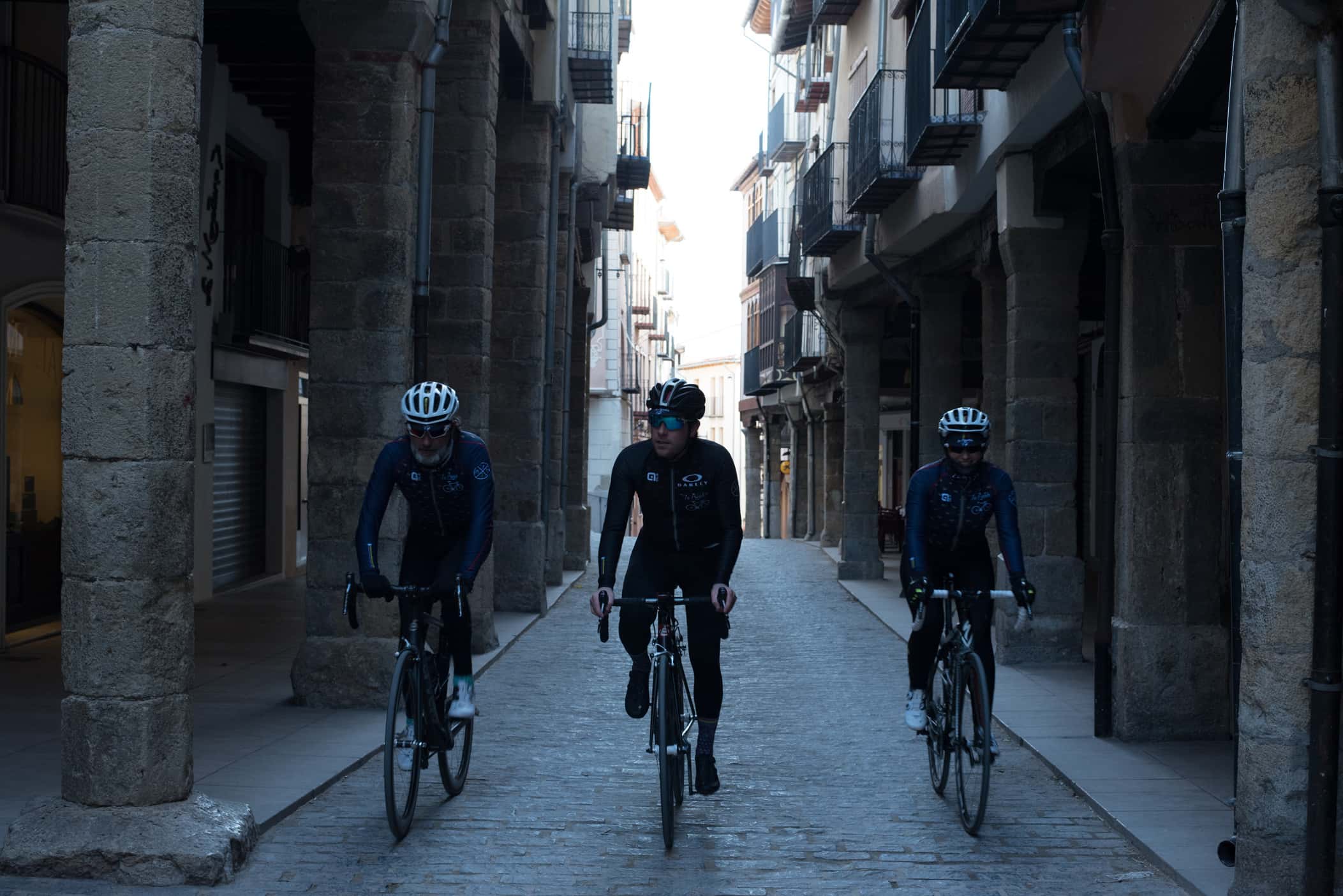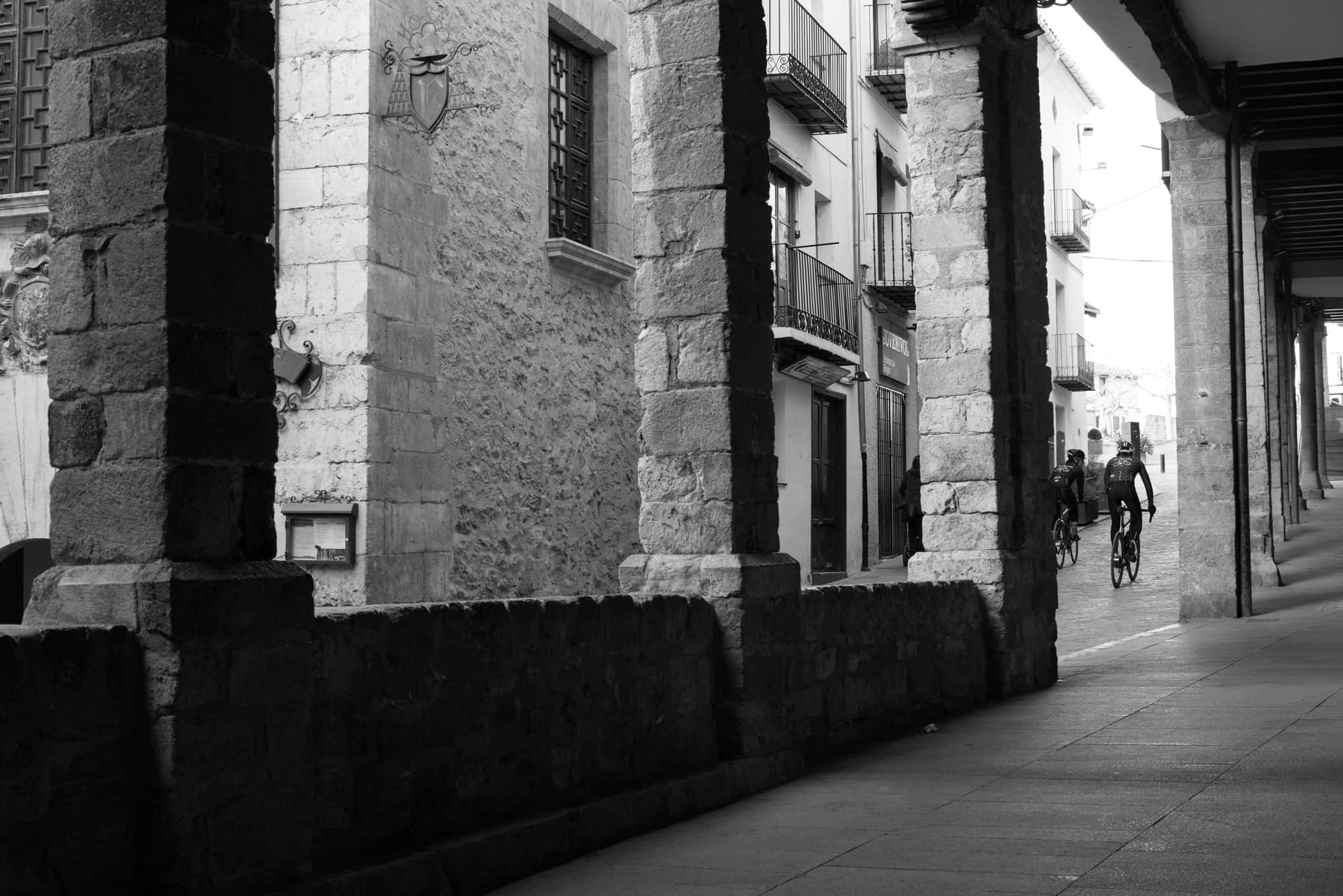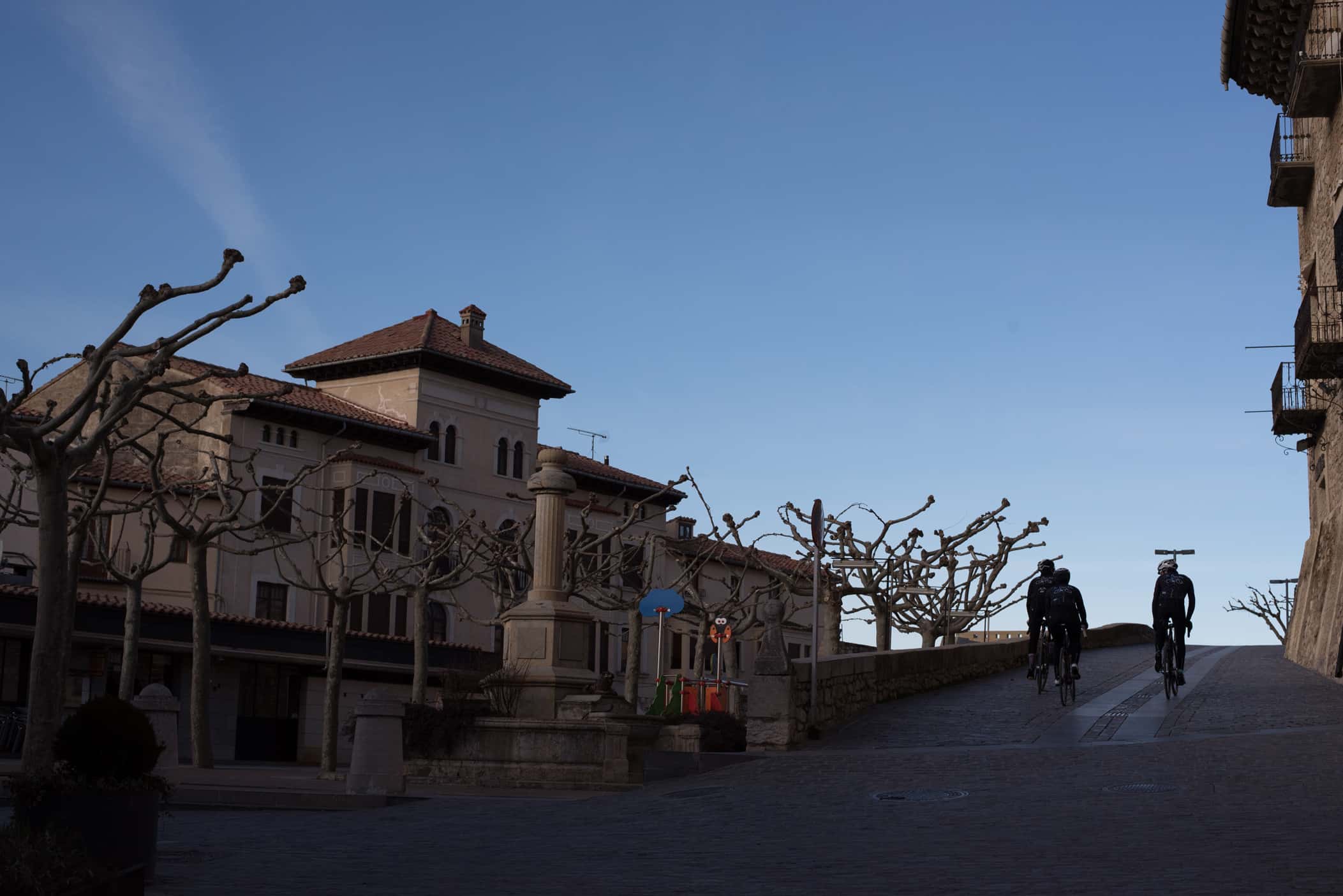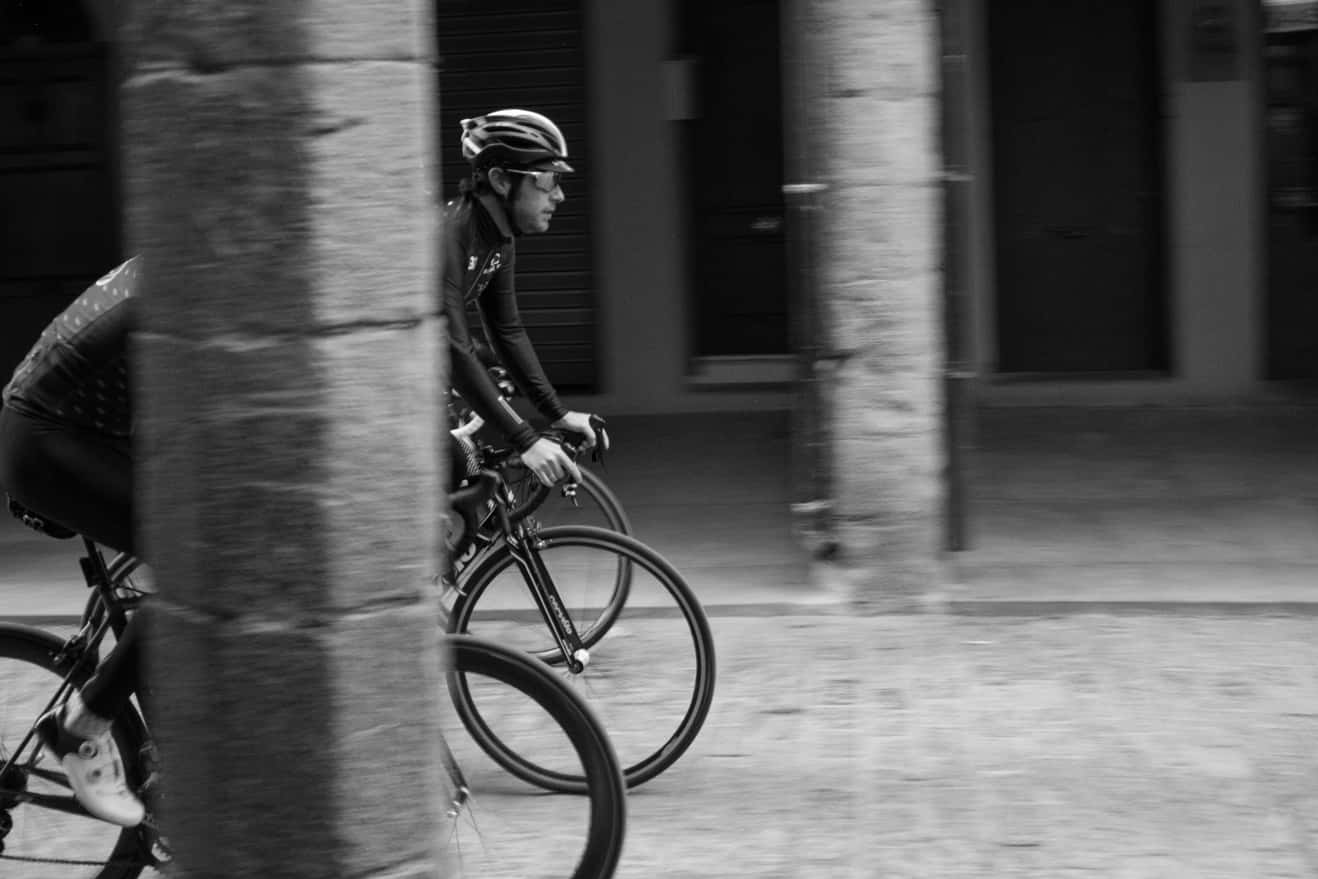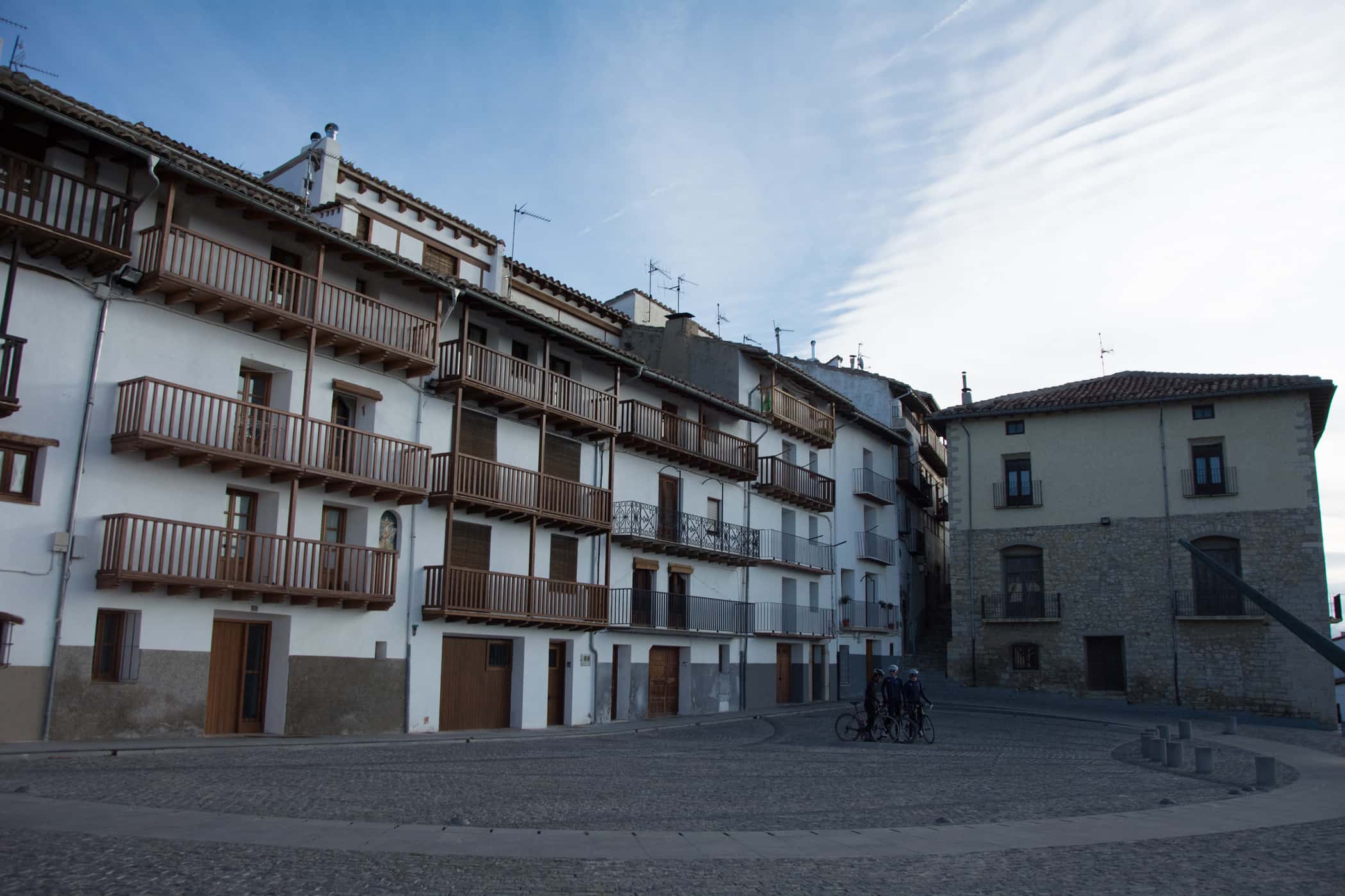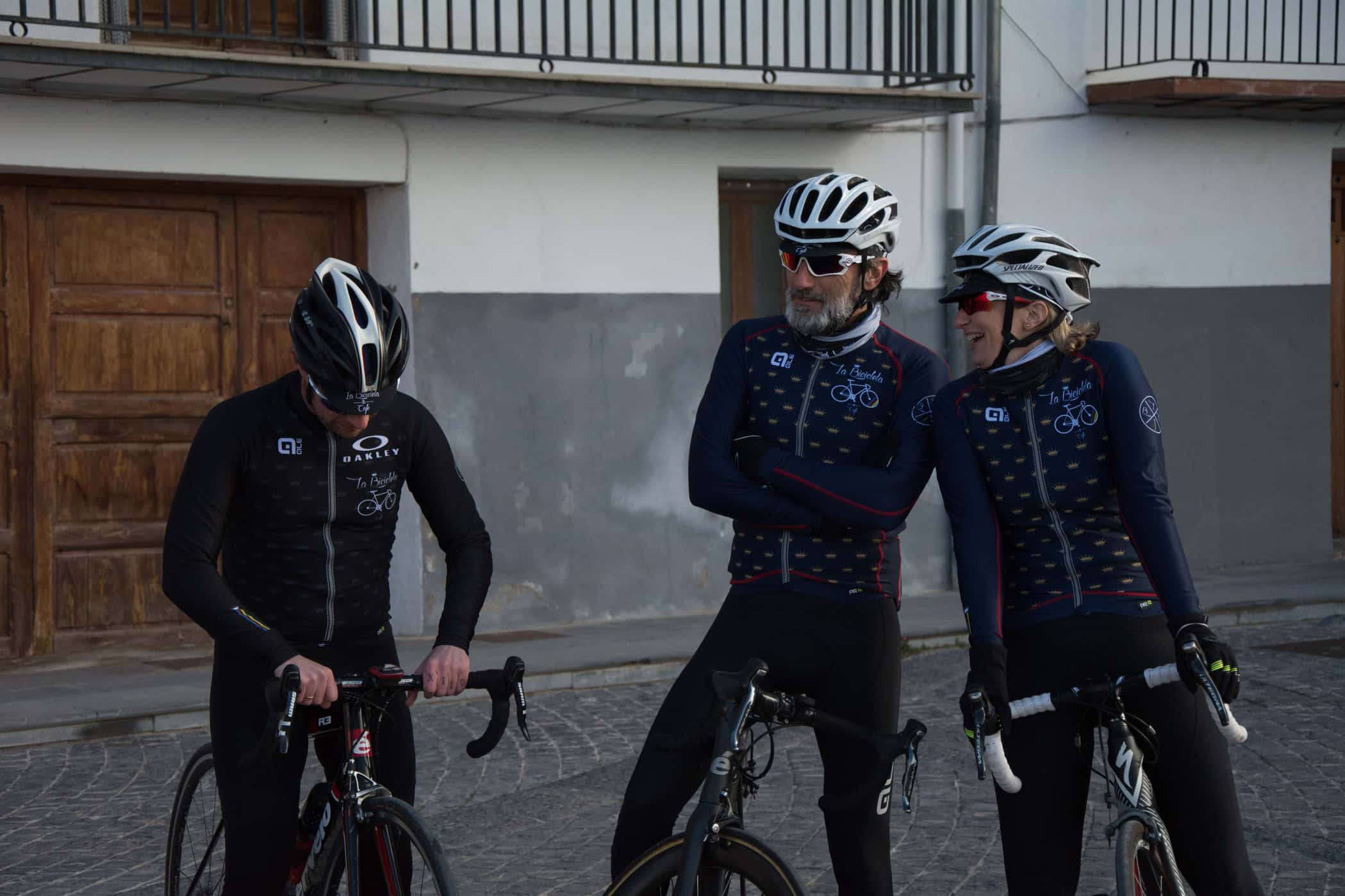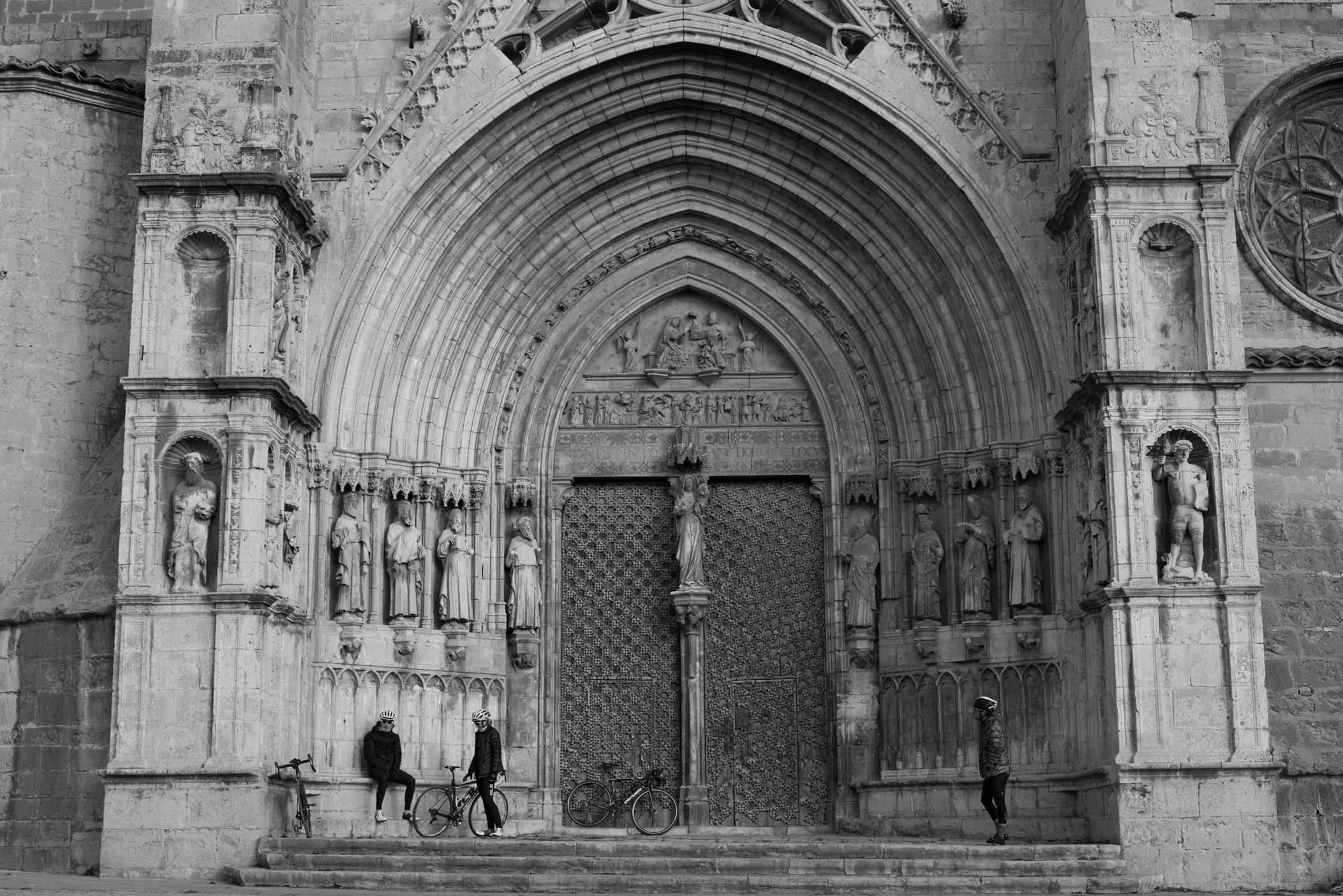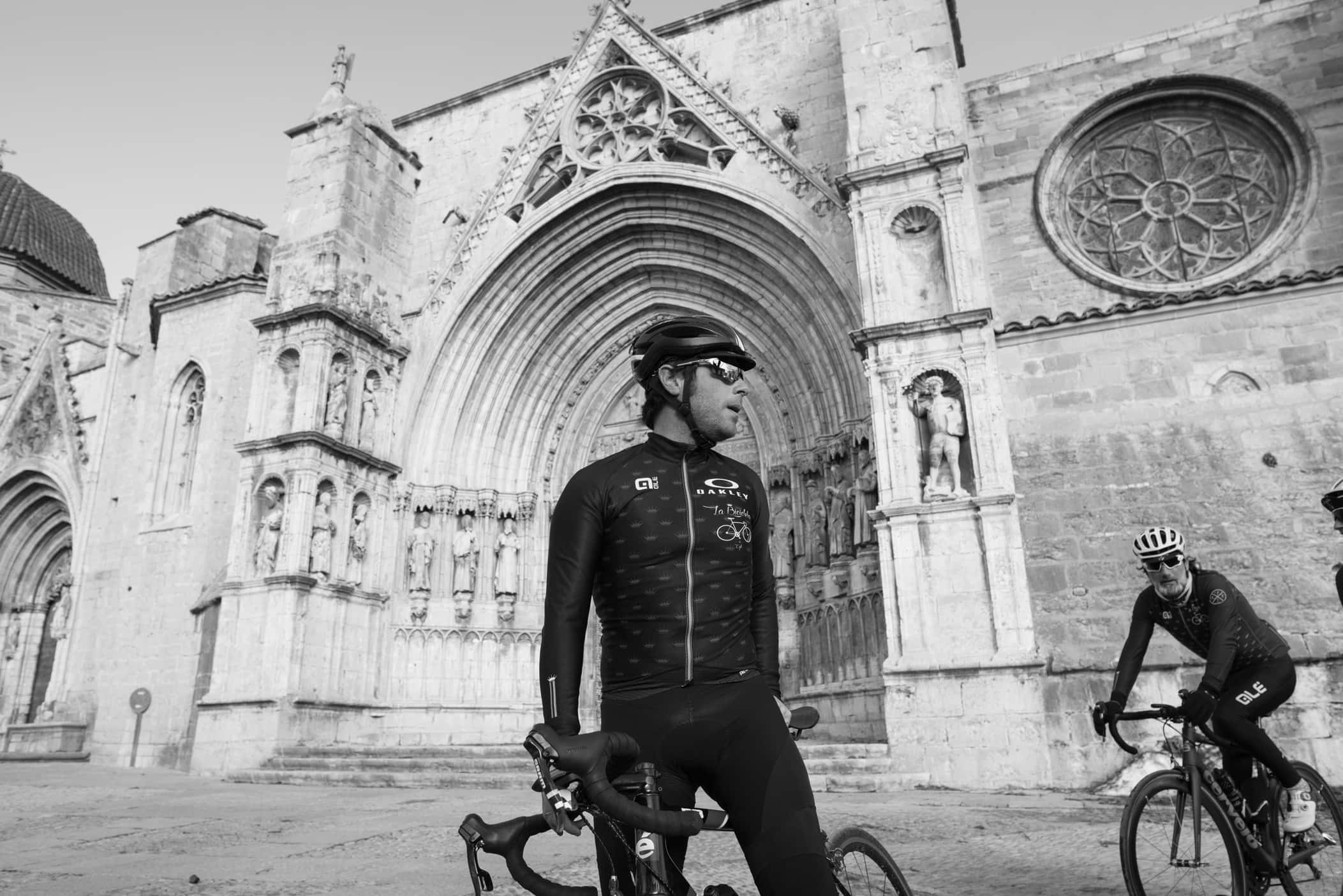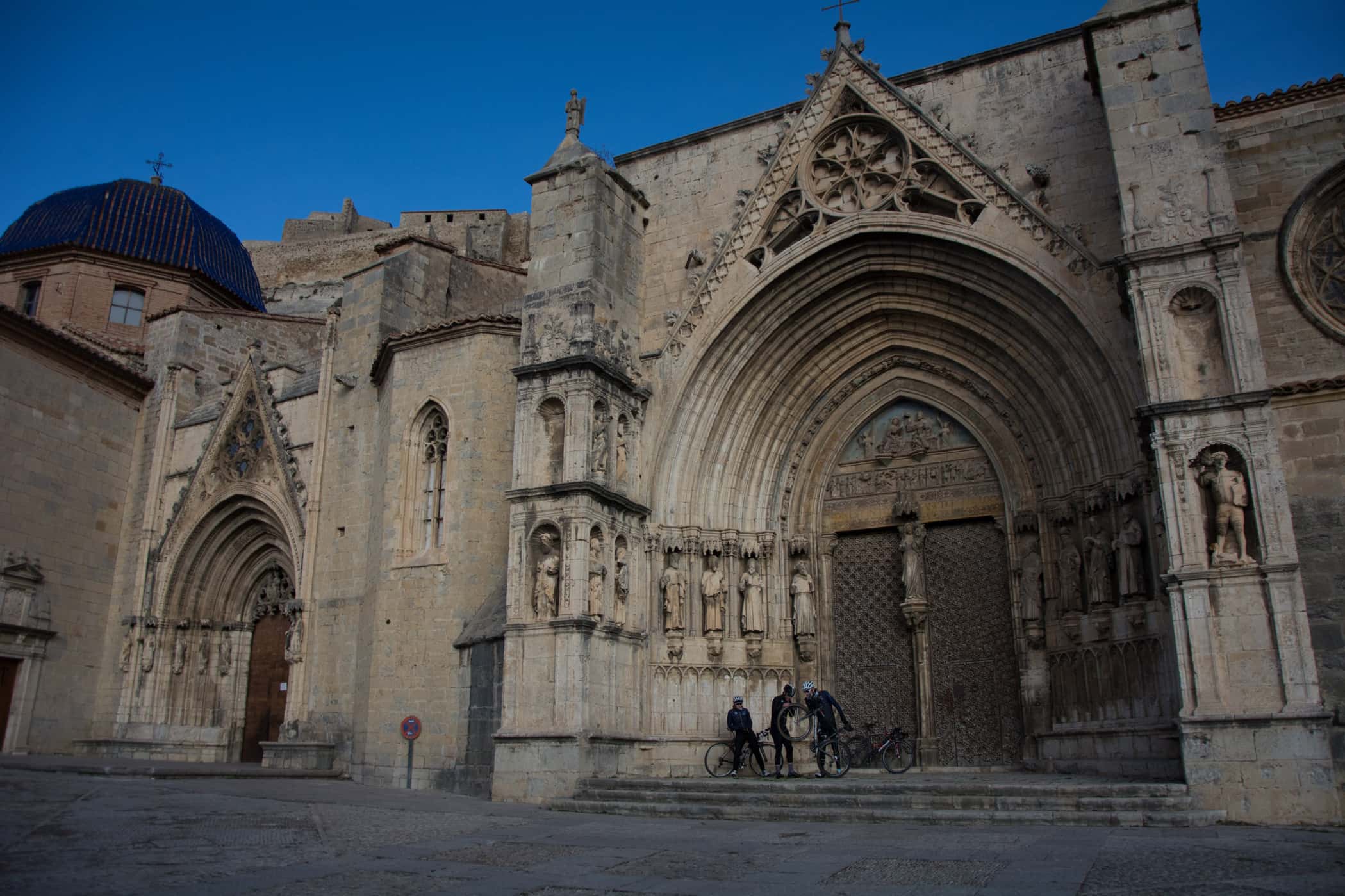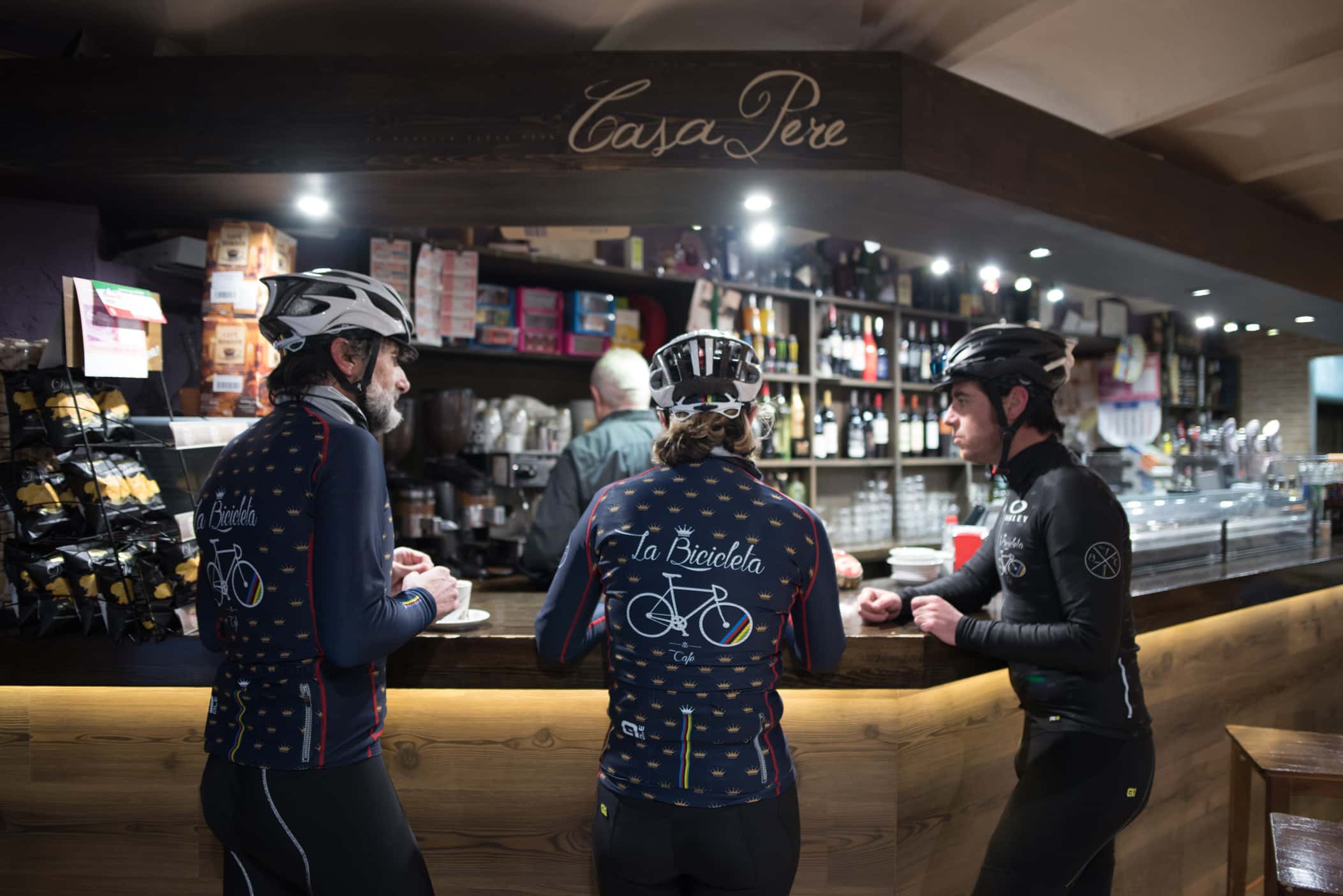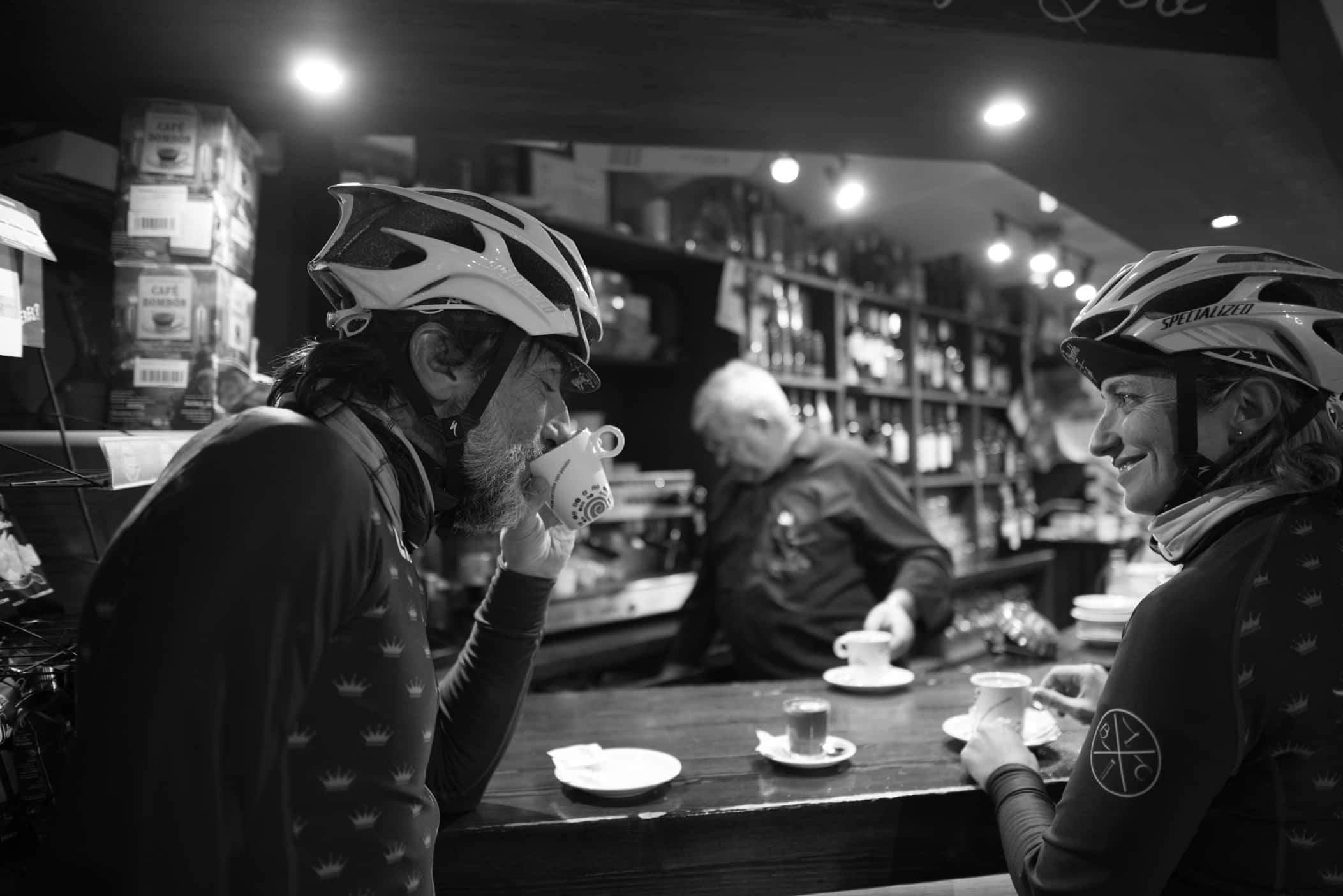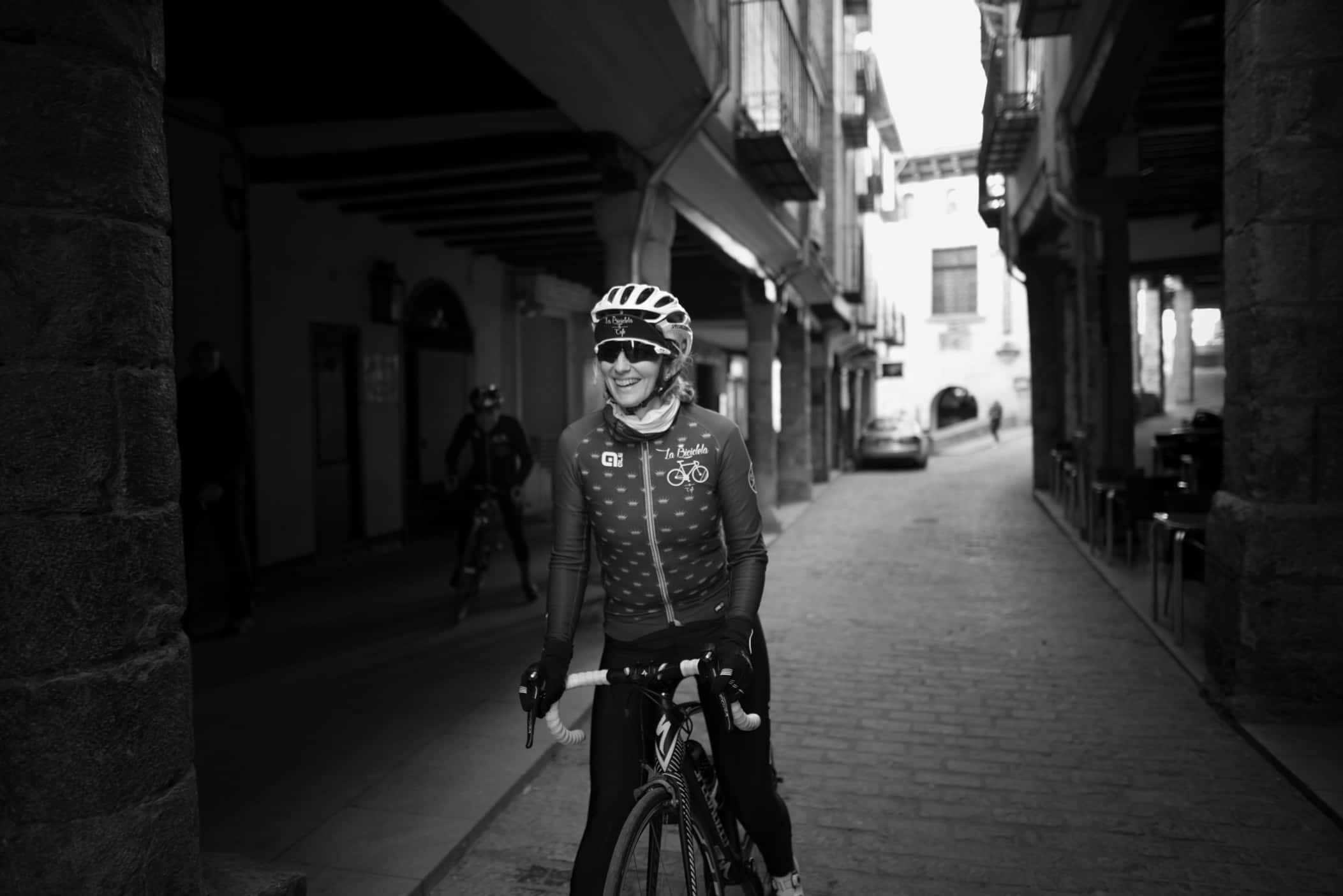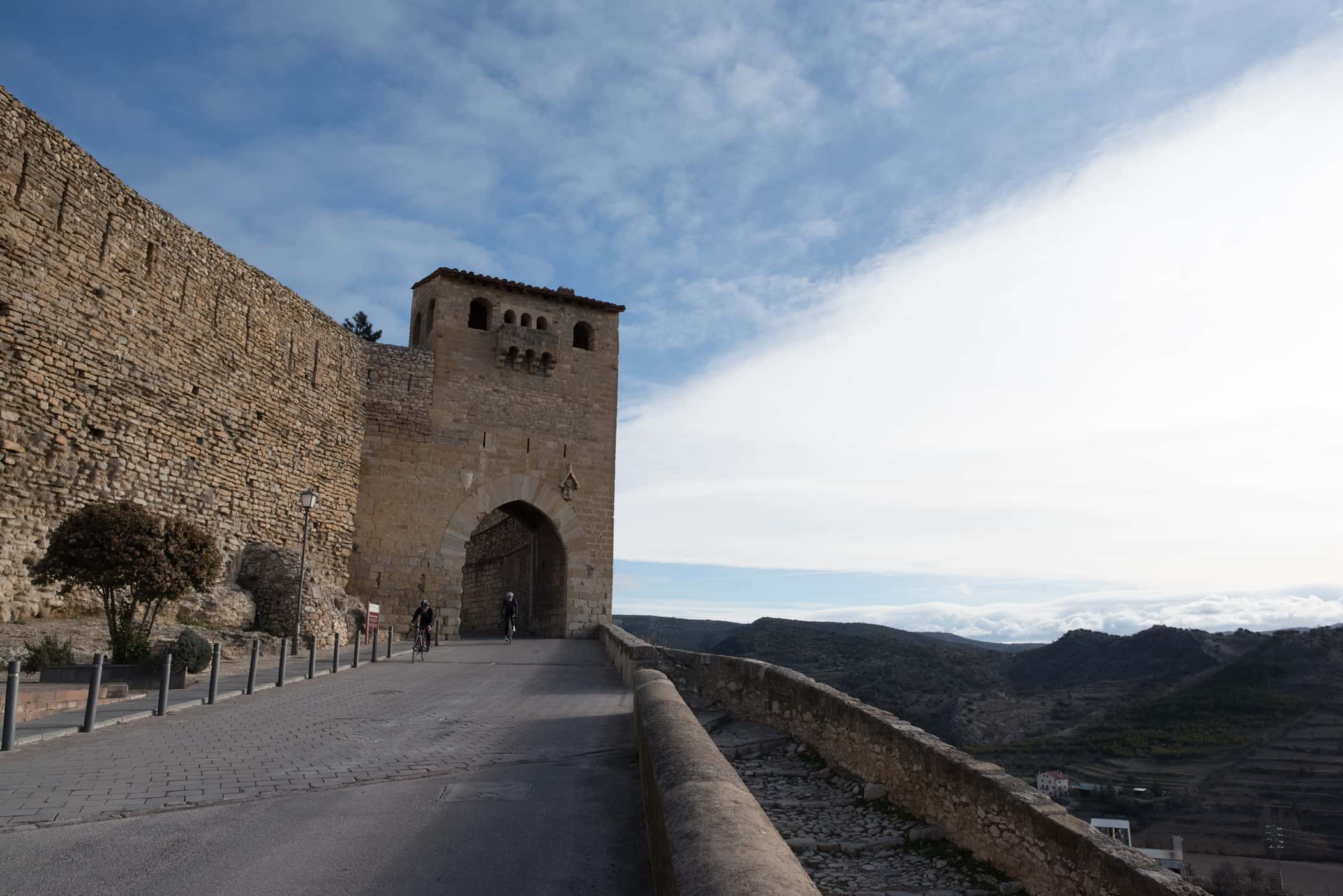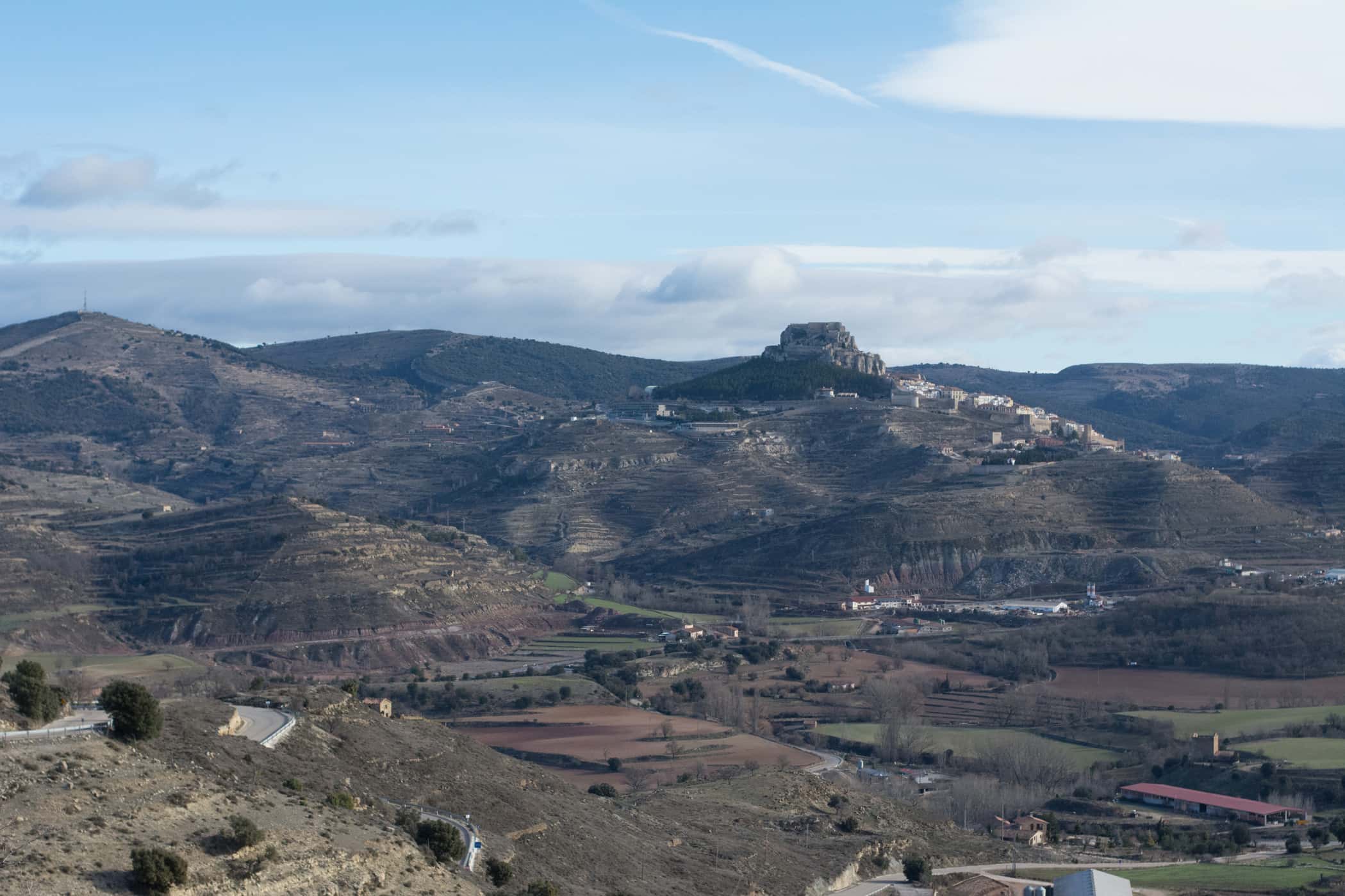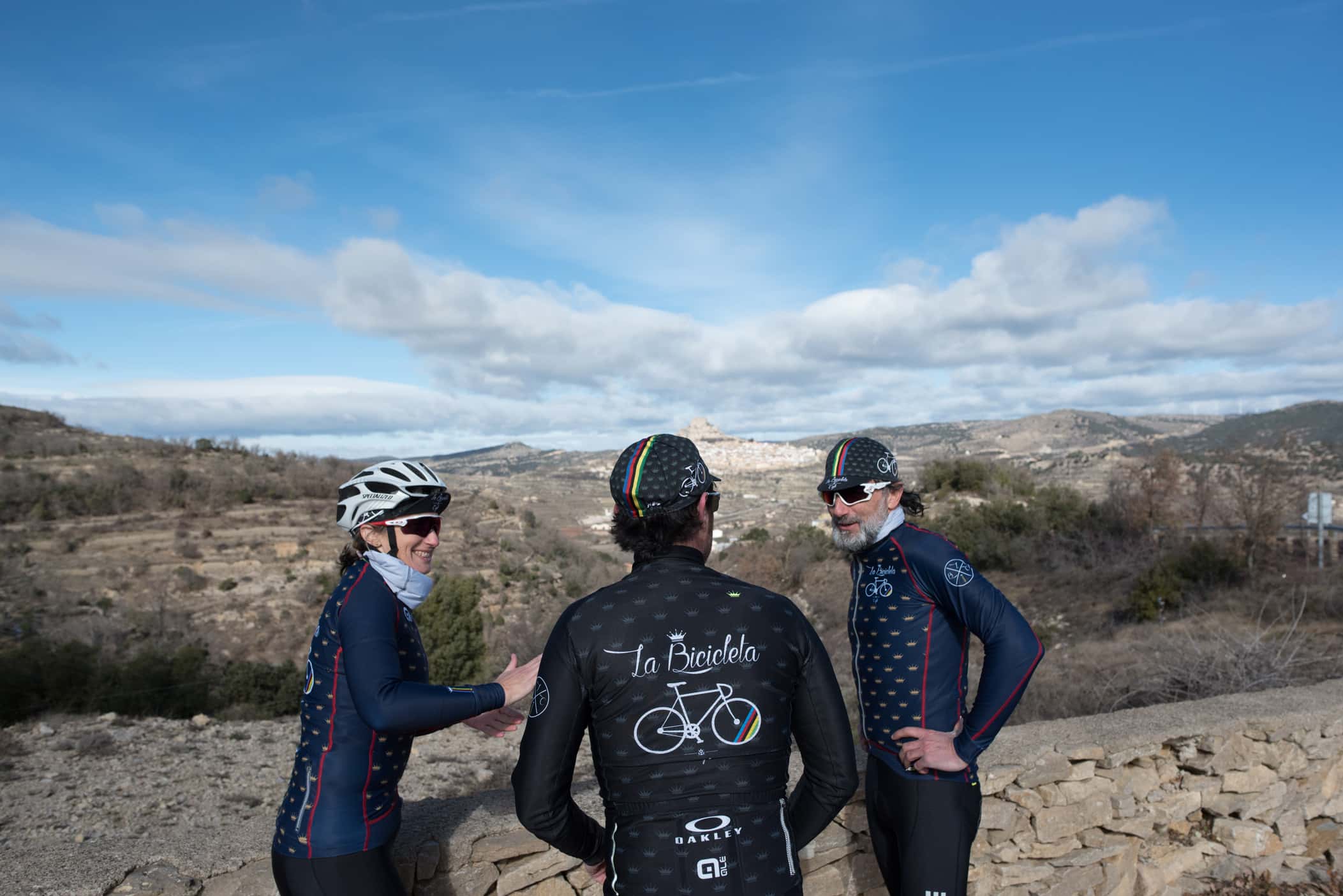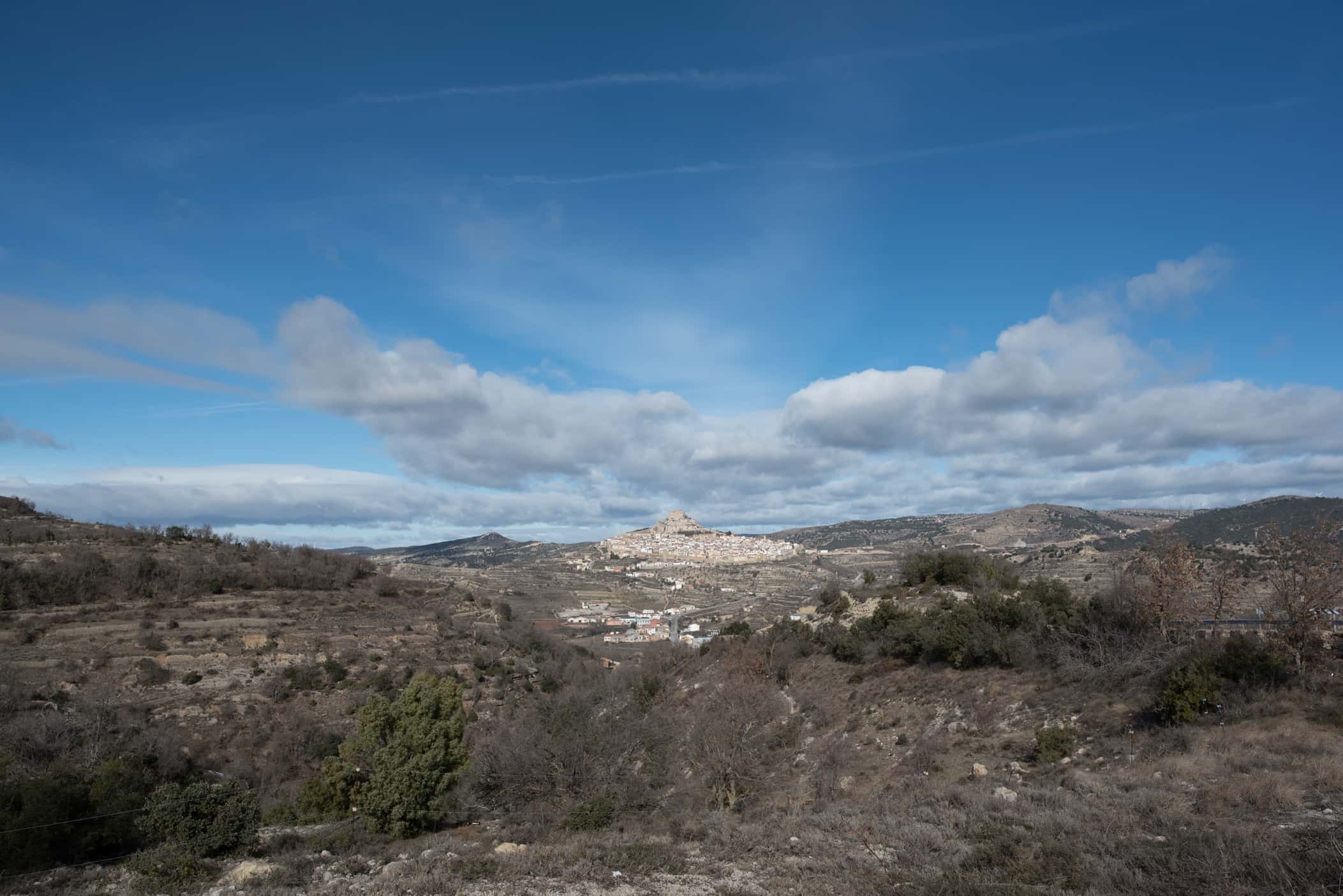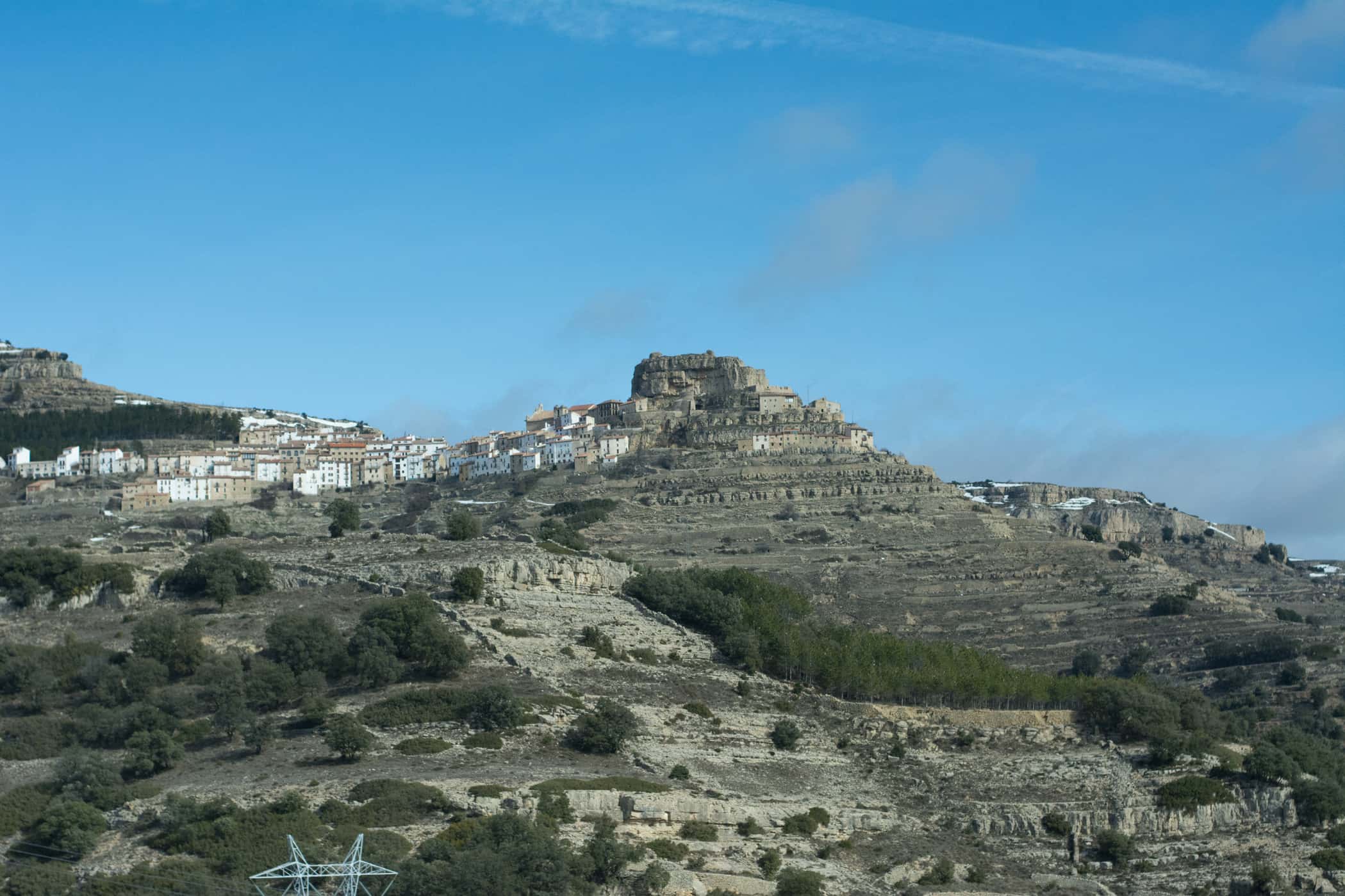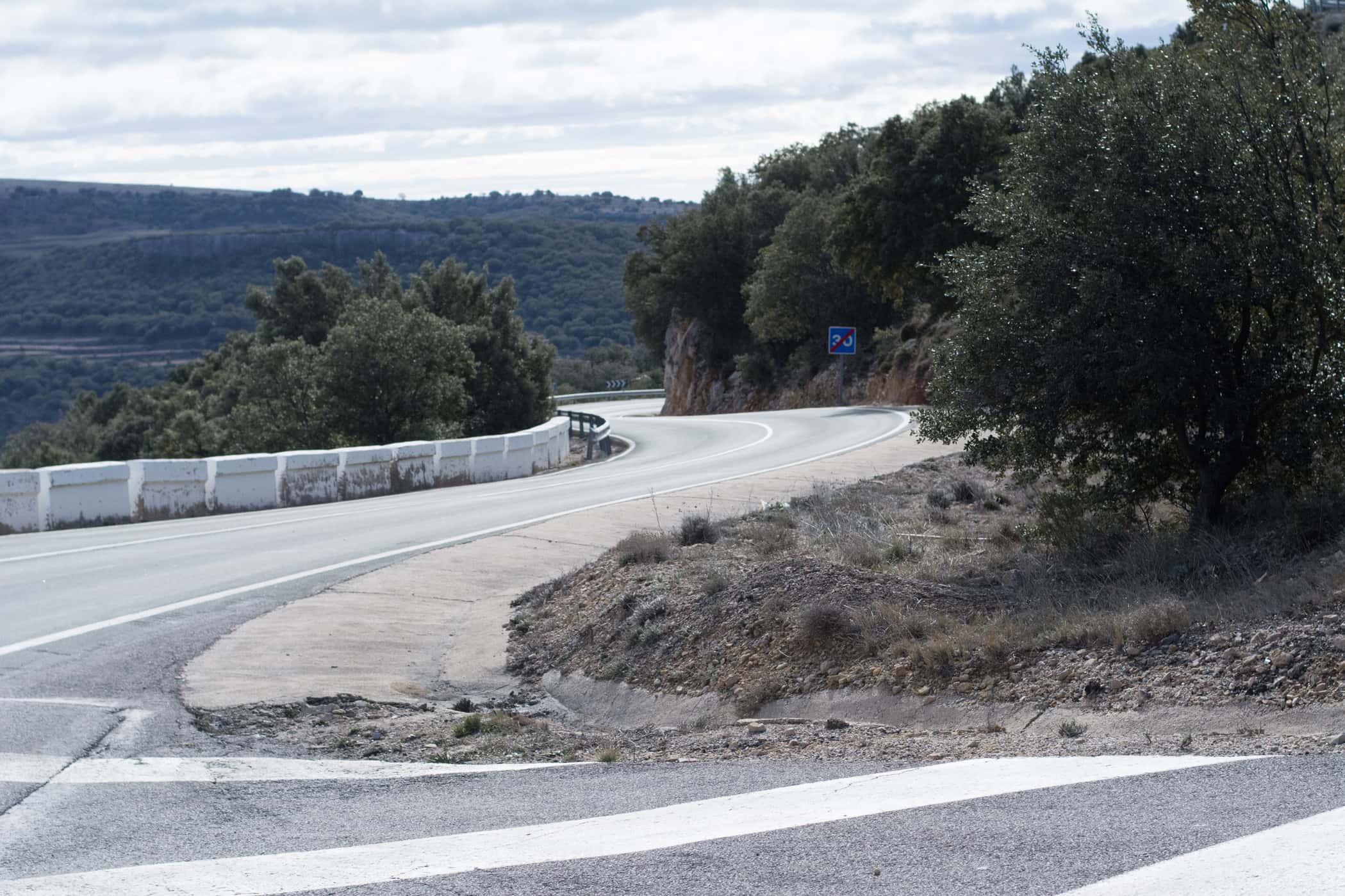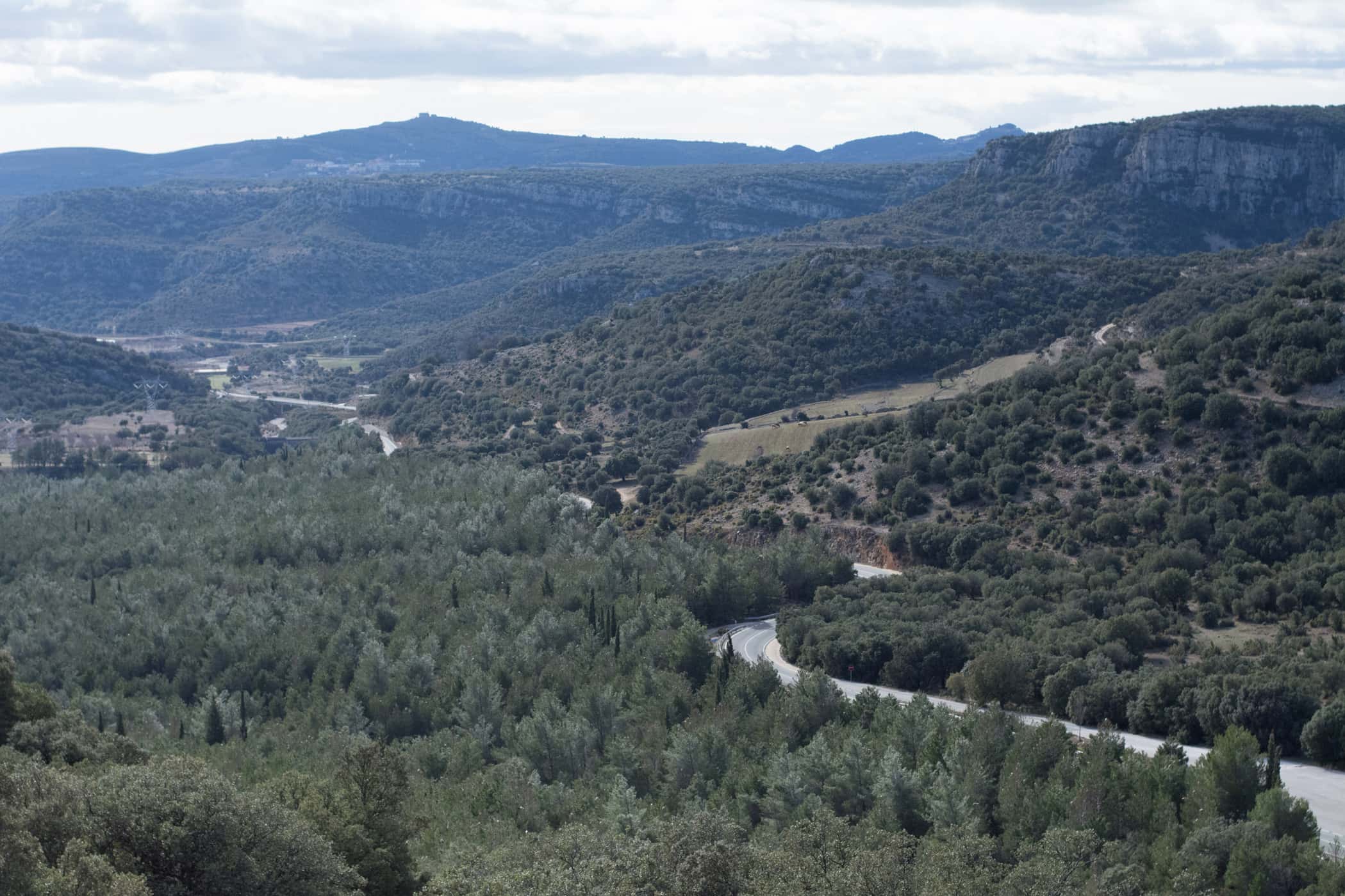Videos
Population
On 30 December 1710, Felipe V's troops besieged the walled city of Morella, the centre of the Els Ports region. From its castle, built in the 18th century on the rock of La Mola, the Habsburgs resisted the Bourbon's siege for the following 62 days. On 3 February 1711 (the day of San Blas, the 2nd Patron Saint of Morella), Felipe V's Bourbon troops entered the city, they closed the military campaign in the Kingdom of Valencia and they channelled their victory in the Spanish War of Succession, which gave rise to the beginning of the Kingdom of the Bourbons in Spain.
Morella is one of the most impressive municipalities in the Castellón province. It is the capital of the region of Els Ports which has its own idiosyncrasies. At 900 metres above sea level, and with its medieval walls and castle still intact, it transports us back to the War of Succession, the Carlist War and so many other historical moments which has Morella as a backdrop.
But it is not just its history which stands out. When biking around Morella and Els Ports we discover another aspect of great value: the mountainous landscape.
Together with Maestrat, Els Ports marks the southern beginning of the Iberian Mountain Range. As we move further from Morella (whether that be to face the manageable routes through Forcall and Castellfort, or the extremely hard stage to Cantavieja through Villafranca), we can enjoy Els Ports in all its glory; with mountain roads, its districts built in the mountains which are still lived in and its gorges. Morella is an absolute paradise to bike around.
The gastronomy in Morella is another one of its charms. Its great culinary attraction is its truffle, which grows in the roots of the region's kermes oaks from December through to March. The range, which was the region's powerhouse until tourism took off, also offers local meat which is extremely appreciated by any tourist. A good option to explore Morella's gastronomic offerings is the restaurant Vinatea, situated on Blasco de Alagón street, it offers some of the municipality's best dishes at an accessible price. You can also try the varied menu that is offered at Daluan (Callejón Cárcel, 4) in which the truffle is the pillar of the kitchen.
The best option when spending a weekend in Morella is to choose, in advance, one of the rural houses which have been opening up in the region over the last decade. Accommodation with mountain charm which are practically accessible on any budget, such as the Hotel Rey Don Jaime (Juan Giner, 6) which is found in the centre of the city and has mountain views. If you budget is a little more forgiving, we reccommend the Hotel Cardenal Ram (Cuesta Suñer, 1) which is built in an old 16th century palace.
Points of interest in the area
- Santa María Church The Arciprestal of Santa María is a Gothic building which on its inside houses original stained glass from the 14th century Valencian school
- Santa LLúcia i Sant Llacer Chapel The brotherhood of Sant Llacer, founded in 1280, built this chapel in 1286 for lepers to attend.
- Castle of Morella: as this castle was built in a rock, together with its large history, in 1931 it was declared a History-Artistic Monument.
- Morella La Vella prehistoric caves (World Heritage Site rock paintings)
Route
After all your training, you need a bigger challenge than Els Ports and want to test yourself in the province of Teruel and get to know Cantavieja before you leave. The third route that we suggest in Morella in the world's second most demanding in terms of the accumulated incline: 2260 metres in 127 kilometres, a profile which is not all that dissimilar to the stages that Roberto Heras and Denis Menchov won in 2000 and 2004 respectively the last two times the Vuelta a España passed through Morella.
Leave Morella towards Ares del Maestrat on the CV12, face the nicest side of the Ares mountain pass and then keep going sown towards Benassal. From here you will go from an altitude of 700 metres above sea level to 1400 metres above sea level in less than 40 kilometres. Between Benassal and Vilafranca you will find a demanding section, with winding roads that accentuate the incline. Once at Vilafranca, there is no let-up on the incline and the CV15 continues to the border of the province of Castellón. The following municipality that you will find will be La Iglesuela del Cid, which is part of Aragon. Follow the A227 until reaching the top of Cantavieja, this road will hit you with inclines of over 10%. Once there, there are still 40km to go before you are back in Morella. But now there are along a more favourable terrain via Mirambel and La Mata, the border zone which brings you back into the province of Castellón along the CV14. Once you go past Forcall you will have to celebrate that you have conquered this route whilst you return to the capital of Els Ports.
Points of interest along the route
- Top of the Coll de Ares hill
- Viewpoint of Morella
- Leaving Morella
- Having a coffee in the historic centre of the capital of Els ports
- Winding decline towards Benassal
Gastronomy
Vinatea (Calle Blasco de Alagón): you can try the municipality's best, most traditional dishes.
Daluan (Callejón Cárcel,4): a varied menu with tasting menus where the truffle takes centre stage.
Accommodation
Hotel Rey Don Jaime (Juan Giner, 6): located in the centre of the city with mountain views.
Hotel Cardenal Ram (Cuesta Suñer,1), built in an old, 16th century palace.
